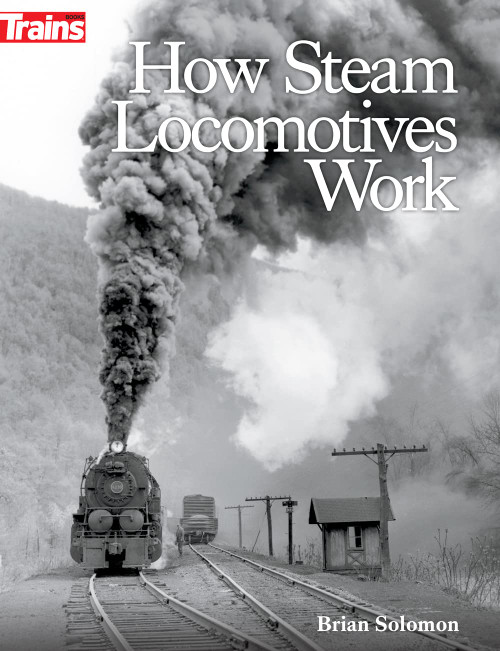One of the oldest companies in Georgia, the Glover Machine Works produced 200 small steam locomotives in eight different gauges. The only recorded history of this company is now available in a deluxe 10 x 10, 128-page hardbound book from Heimburger House Publishing Company and written by Marietta resident Richard L. Hillman.
The amazing archives of its historic records allows for a complete description of this fascinating company. From the first engine that rolled out of the Glover shops in 1902 to the removal of the last steam locomotive from the plant in 1995, Glover Machine Works followed the rise and fall of the lumbering and mining industries of the South.
Although Glover locomotive production never rivaled companies such as Alco or Baldwin, Glover provided as many as 200 small steam locomotives in several gauges to a variety of companies in a dozen states and the same number of foreign countries, mostly in the Caribbean and South America.
Learn about the various wheel arrangements, weights, tractive efforts and gauges as you step back in time with each page. The Glover plant turned out 0-4-0s, 0-4-2s, 0-4-4s, 0-6-0s, 0-6-2s, 0-6-4s, 2-6-0s, 2-8-0s and 4-6-0s in eight different gauges including 24, 36 and standard gauge. By 1930, the firm had expanded into other types of industrial products to fill the locomotive void, and left the locomotive business to others.
This book proudly features many of the glass plate negatives that were retained by Glover in the plant archives where hundreds of original documents, catalogs and photographs were stored for many years. The Eastman Kodak Company helped supply materials in producing the Glover archive photographs.
Lavishly illustrated with 230 pictures and many builders photos, this book contains eight chapters and a locomotive roster, a photo gallery illustrating the locomotives and a chapter entitled Puzzle Pages.
The Glover Machine Works, now dissolved and the plant torn down, continues to evoke memories of small, distinctive steam engines that made their way mostly into the Souths stone and marble quarries and lumbering operations.











